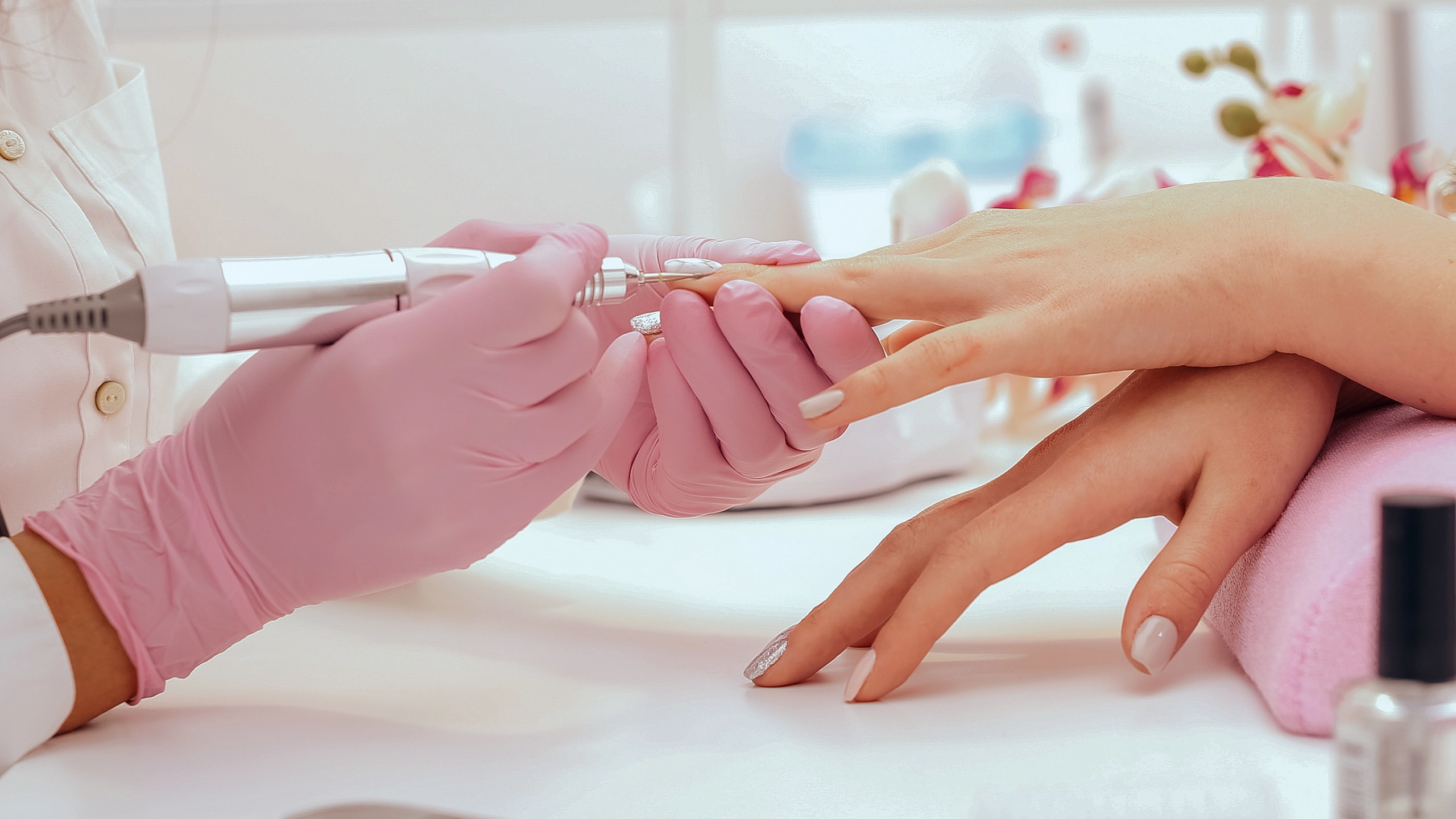Is Your Russian Manicure Safe—or Too Good to Be True?
The trend dominating the Philippine nail industry promises perfection—but experts say not all that glitters is gel.
Russian manicures are having a moment. In a post-pandemic beauty world obsessed with detail, longevity, and that elusive “clean girl” aesthetic, this hyper-precise nail treatment has quickly gone from underground to viral in the Philippines. But beneath the polished surface lies a more complex reality: Is this beauty upgrade really safe?
With price tags going as high as PHP 6,000 and appointments lasting up to three hours, the Russian manicure has turned the traditional mani-pedi on its head. For many women—especially those who’ve dealt with rough cuticles, brittle nails, or barely have time to book monthly appointments—it’s become the gold standard. Not just a beauty treatment, but a ritual of self-care and precision.
But that precision has its risks.
What Exactly Is a Russian Manicure?
Despite the name, it’s less about nationality and more about method. “All manicures should be done with high quality, whether by a Russian or Filipino,” says Ayra Estanislao, a Russian Manicure Certified Educator trained in Russia, Dubai, and the UK. “We just found that level of quality through Russian technique.”
The hallmark? A dry prep—no soaking in water, no softeners—done entirely with an electric file that gently buffs and cleans every edge and corner of the nail bed. This allows for “tightlining,” a makeup-inspired term for applying polish as close as possible to the cuticle. The result? Nails that stay flawless longer, with some clients reporting minimal visible regrowth even after a week.
“It looks clean, seamless—even after five days. That’s what clients pay for,” says Estanislao. But while the results are undeniably stunning, not everyone is sold.
The Hidden Risks of Cutting Cuticles
“Anytime you work close to live skin, there’s risk,” warns Mary Jane Guazon Uy, MD, MPH, vice president of the Philippine Dermatological Society. “The cuticle protects the nail matrix. If removed too aggressively, it can open the door to infections—or even permanent damage.”
Dr. Guazon-Uy has seen an uptick in cases involving nail trauma, infection, and complications from improperly performed Russian manicures. “Some people assume nails grow back like nothing happened. But a damaged matrix can lead to long-term deformities. And fingers take six months to fully regrow a nail; toes take up to a year.”
So… Is It Safe?
The answer isn’t black and white. A properly executed Russian manicure by a certified technician—with sanitized tools and attention to anatomy—can be safe, even therapeutic. But the problem is: not everyone doing it is properly trained.
In the Philippines, there’s currently no regulation specific to advanced nail techniques. While TESDA offers a 216-hour nail care course, most manicurists depend on salons for additional training—if any. That’s why certification, says Estanislao, is critical. “Don’t just go by Instagram photos. Ask to see their certifications. Real training teaches you how to avoid injury, not just paint pretty nails.”
Dr. Guazon-Uy agrees: “It’s close to a clinical procedure. You should never leave a manicure in pain or see broken skin. That’s a red flag.”
Safety Checklist: What to Ask Your Nail Tech
- Are your tools fully sterilized between clients?
- Do you use brand-new disposable bits or buffers?
- Can I see your certification?
- How do you prep cuticles?
- What after-care do you recommend?
If any of these questions are met with hesitation—or worse, eye rolls—run.
Final Verdict: Is It Worth It?
If you’re looking for precision, retention, and polish that still looks pristine after a week, the Russian manicure delivers. But with great detail comes great responsibility.
Done right, it’s a form of artistry. Done wrong, it’s a health risk.
Ultimately, beauty should never come at the cost of safety. Whether you’re a nail minimalist or maximalist, knowledge is your best accessory.




